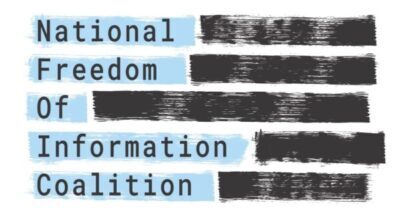As the availability of journalism jobs decreases, the future of the discipline might depend more on general education.
Recent racist incidents and police violence have been caught on video, uploaded to social media and viewed millions of times, sparking protests and outrage and accelerating diversity agendas at colleges and universities.
In most of those incidents, the photographer was not a reporter but a bystander or victim of abuse themselves.
Reporters have been arrested in record numbers covering protests associated with the May 25 killing of George Floyd. Some 10,000 mostly peaceful protesters have been arrested and assaulted, too, with many such incidents caught on tape. In an op-ed in the Iowa Capital Dispatch, I ask, “What makes a journalist, the person or the device?”
Increasingly, I argue, it is the device.
Journalism rarely is on the list of required courses in colleges and universities. That has to do in part with the history of general education. Originally, in the early 19th century, it sought to complete the liberal education of the aristocracy. In the 1960s, it attempted to make liberal education more accessible to nontraditional students. The culture wars of the 1980s heightened consciousness about feminism and canons of underrepresented groups. More recently, general education exploded with dozens of courses based on budget models rewarding departmental enrollment. (read more)
